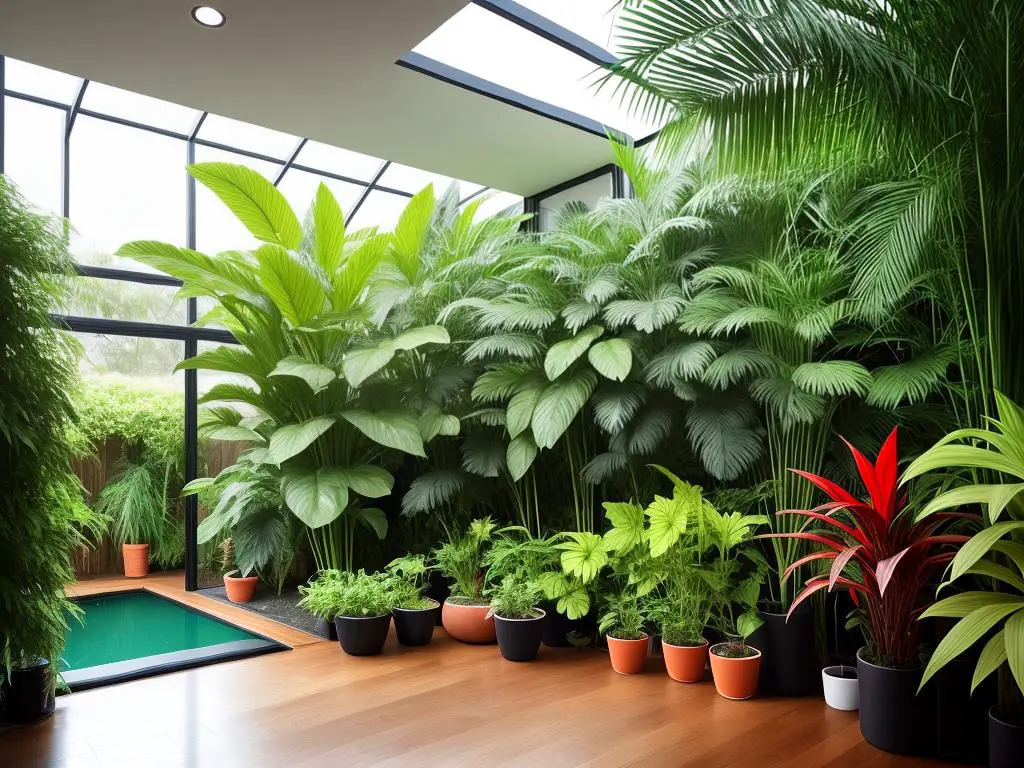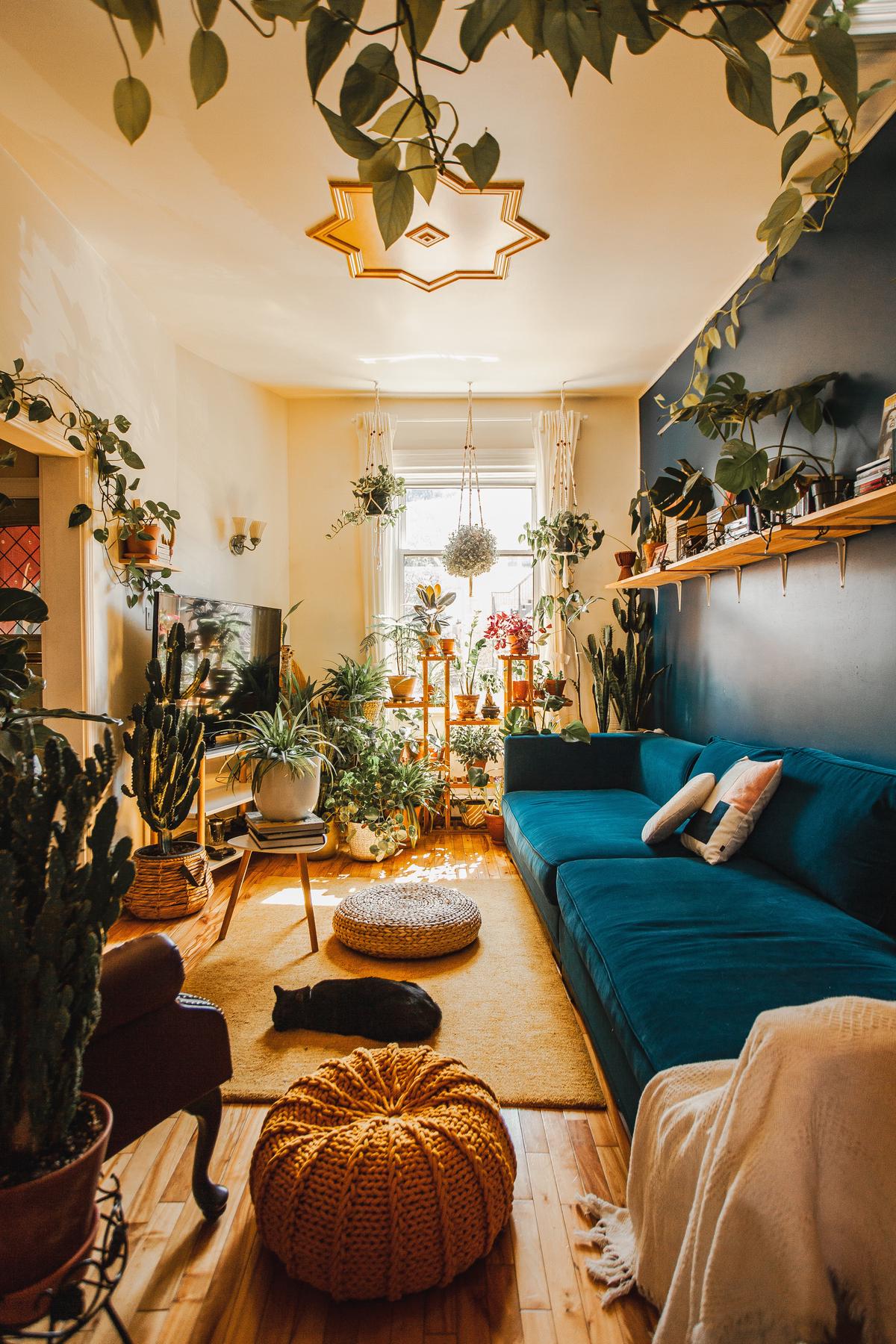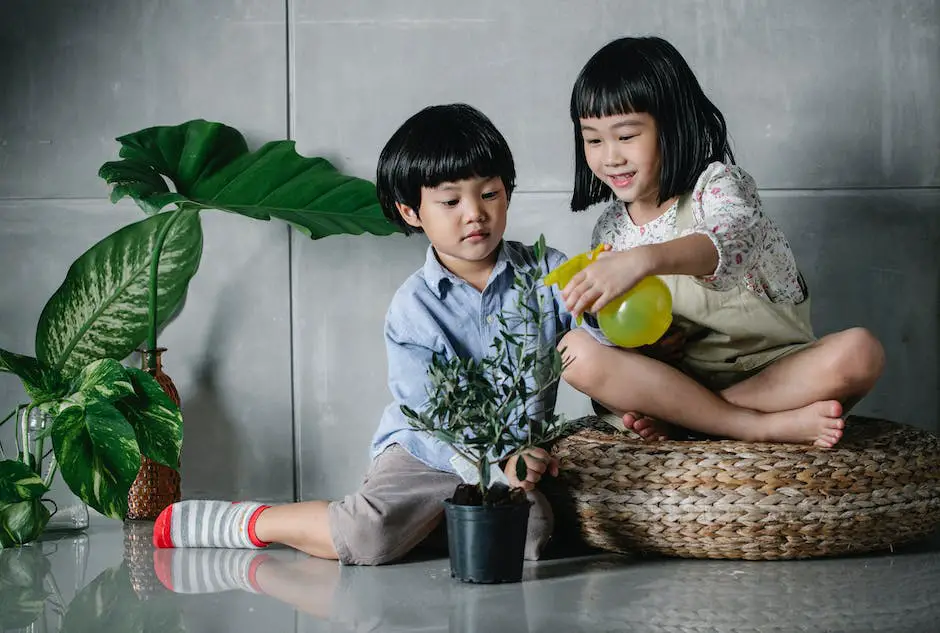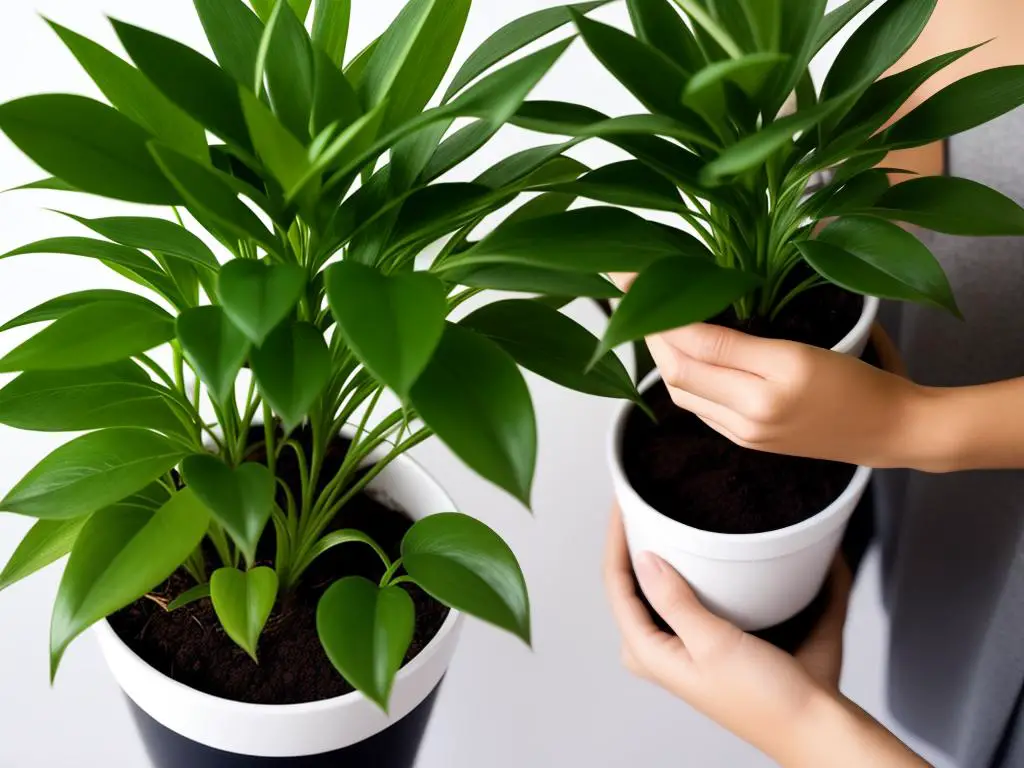Nurturing plant life within the comfort of one’s home not only enhances one’s aesthetic environment, but also offers a multitude of health benefits; from imbuing the air with oxygen to promoting a sense of wellbeing through their verdant presence. The process, however, may appear daunting to novices, encompassing a plethora of crucial factors and intricate details-one must regard the appropriateness of plant selection, understand the essentials of indoor gardening, and effectively manage available space while still maintaining a pleasing aesthetic. Despite the intricate dance of these factors, a comprehensive guide can transform this endeavor from intimidating to invigorating. This detailed exploration offers such guidance, paving the way to success for aspiring indoor gardeners.
Choosing the Right Plants for Indoor Gardening
Selecting the Appropriate Indoor Plants
Having a verdant indoor forest is the dream of every plant lover, but one must remember that cultivating a diverse range of tropical plants within the confines of your home can be a challenging task. In order to have a thriving indoor garden, one must understand the specific needs of each plant and consider the environmental conditions of one’s home. To start your indoor garden, there are several factors to think through like the plant’s light, temperature, and humidity requirements.
Plant’s Light Requirements
Plants heavily rely on light for survival and growth. Although most indoor plants adapt well to ordinary light conditions, some mature better under specific lighting conditions. For instance, succulents and cacti require abundant sunlight and perform well placed near a sunny window. On the other spectrum, plants such as the zz plant or snake plant can thrive in low light conditions, making them ideal for rooms with few windows.
Temperature Requirements
Most indoor plants are tropical in nature and thrive in temperatures between 16 to 24 degrees Celsius. However, some species might require higher or lower temperatures. Ensure you research each plant’s specific needs and try to match them with the conditions in your home. Remember to keep them away from sources of sudden temperature changes such as radiators or air conditioners, which can cause the leaves to drop.
Humidity Requirements
The majority of indoor plants require a certain level of humidity to stay healthy. Often, the humidity found in households is ample to meet their needs. However, if you are caring for a plant with higher humidity needs, such as ferns or orchids, you might need to use a spray bottle to mist their leaves, or consider placing a humidifier nearby.
Selecting Plants for Beginners
As a novice indoor gardener, it might be best to begin with easy-to-care-for plants that have proven their hardiness in indoor environments.
- The snake plant, known for its tall, pointed leaves, is a great starting point. These plants are forgiving and can survive in a range of light conditions and without regular watering.
- Next is the zz plant, recognisable by its glossy, waxy leaves. Although it grows faster in indirect sunlight, it can also endure lower light conditions. Overwatering is the most common pitfall, so keep the soil on the dry side.
- Pothos or Devil’s Ivy is a hardy plant that grows quite rapidly, its trailing vines can be allowed to hang or trained onto a moss pole or trellis. This uniquely versatile plant can adapt to a wide range of light conditions.
- Aloe vera, besides being a handy first-aid plant, also makes for an attractive indoor feature. It requires bright, indirect light and infrequent watering once the soil has completely dried out.
- Lastly, Cacti and succulents, ranging in various colours, shapes, and sizes are excellent house plants. They require plenty of sunlight and prefer desert-like conditions meaning infrequent watering.
Reflection
Embarking on your journey into indoor gardening, it’s important to remember that every plant is an individual with its own specific needs. The secret to nurturing a successful indoor ecosystem lies in your understanding of each variety you add to your collection. Be it sunlight, temperature or humidity, your home’s conditions need to be suitable for the plants you choose. The goal is to create a harmonious atmosphere that encourages your indoor garden to prosper. Welcome to the exciting world of indoor gardening!

Understanding Indoor Gardening Essentials
Grasping the Essentials of Indoor Gardening
At first glance, indoor gardening might seem a bit daunting, but it can be mastered by anyone willing to put in the effort. This comprehensive guide has been designed specifically to enlighten you regarding the crucial aspects of indoor gardening. It covers the intricacies of selecting the right soil, appropriate watering techniques, efficient light management, controlling temperatures, and effective strategies to handle common plant diseases and pests.
Soil Selection for Indoor Gardening
Choosing the right soil for indoor gardening can make a world of difference. The important aspect to remember is that indoor plants do not thrive in regular garden soil. Instead, they require a light, well-aerated, and nutritionally balanced growing medium. You can opt for a general, high-quality potting mix for a broad range of indoor plants. However, some plants, like orchids or succulents, require special mixes that cater to their unique growth needs.
Watering Practices for Indoor Plants
The art of watering indoor plants can be a bit tricky. Overwatering is a common mistake and can often lead to root rot, so it is better to keep the soil slightly dry rather than excessively wet. Keep in mind, the watering schedule can vary based on the type of plant, its growth stage, the pot’s size and material, and the room’s humidity level. A rule of thumb is to water only when the top one inch of the soil feels dry.
Light Management in Indoor Gardening
Lighting plays a critical role in indoor gardening. Most indoor plants thrive in bright but indirect sunlight. Placing them near east or west-facing windows will usually provide an adequate amount of light. However, if natural light is scarce, using fluorescent lights or grow lamps is an effective alternative. Understanding each of your indoor plant’s light requirements can significantly enhance their health and growth.
Temperature Control for Indoor Plants
Ensuring you maintain the right temperature for your indoor plants is vital. Most indoor plants are tropical and prefer temperatures around 18 to 27 degrees Celsius during the day and slightly cooler at night. Sudden temperature fluctuations can be detrimental to your plants, so avoid placing them close to air vents, heaters, or drafty windows.
Identifying and Tackling Common Plant Diseases and Pests
Even with the most meticulous care, indoor plants can still fall victim to diseases and pests. Among the most common diseases are root rot, powdery mildew, and leaf spot, while aphids, spider mites, and scale insects are frequent pest issues.
Learning to spot the early signs of these problems is key. Yellowing or wilting leaves, a sickly smell, or the appearance of tiny bugs are clear indicators of distress. Seeking advice from a local plant shop, researching on the internet or checking plant care books can offer solutions such as using fungicides, insecticidal soaps or introducing beneficial insects that prey on the pests.
Indoor gardening is a gratifying activity that necessitates a meticulous eye for detail and a commitment to attentive care. By addressing the specific needs of your plants and acquiring a solid comprehension of these key elements, you can create lush and vibrant botanical displays, all within your own home.

Photo by lydia_mailloux on Unsplash
Space Management and Gardening Aesthetics
Indoor gardening offers numerous opportunities for creative utilisation of space. From vertical planting and container horticulture to using specially-designed grow cabinets, your options are as diverse as they are effective. As somebody keen to nurture an indoor garden, even the most compact living spaces can be transformed into verdant wonderlands. Beyond bringing beauty or producing home-grown fare, these indoor gardens have the added benefit of significantly enhancing the overall aesthetics of your living space.
Vertical Gardening
Vertical gardening is the process of cultivating plants on a vertically suspended panel. It’s incredibly spatially efficient and perfect for indoor gardening, especially if you’re short on space. You can attach a plant’s roots to a plethora of vertical surfaces, such as the wall of your home, fencing, or a trellis. Make sure you choose plants that are suitable for this sort of gardening, such as creepers and crawler plants like Pothos or Begonia. Also, ensure the panel is in a spot which receives a good amount of light, essential for the healthy growth of your plants.
Container Gardening
If you are inclined towards a more traditional garden setup, container gardening might be your preference. Practically any plant can be grown in a container, given the right conditions. Make sure to use a potting mix instead of garden soil, which tends to drain poorly in containers and can become waterlogged, drowning your plants. Also aligning the size of your container with the size and growth of your plant is essential; a pot too small can constrict roots, offering limited space for nutrient and water absorption, while a pot too large can hold excessive water causing root rot.
Use of Grow Cabinets
For those of you who’d prefer a more high-tech approach, grow cabinets offer a more controlled environment for your plants. These are designed with adjustable light settings, temperature controls, and hydroponic systems that deliver nutrient-rich water directly to the roots of the plants. This system can maximize the yield from your plants by providing them with an optimal environment for growth. Grow cabinets can vary in size, from small box-like structures perfect for herbs to large closet-sized ones for bigger plants.
Interiors and Indoor Plants
Indoor plants not only offer aesthetic value but also contribute to the health and wellness of your living area through air purification. However, the placement and choice of indoor plants require consideration. Pay attention to the requirements of the plant, along with how it contributes to the room’s overall aesthetic. For example, large leafy plants like Monstera or the snake plant can provide a focal point in the living room, while smaller succulents may fit beautifully on a windowsill.
When arranging your indoor plants, try to visualise the space. Group plants of different sizes and leaf shapes together for visual interest. Think also about colour coordination both between the plants themselves and with the rest of the room. Don’t be constrained by just placing them on your window sills; hanging plants, floating shelves, or mounting them on your wall can produce visually stimulating effects.
Indoor gardening requires thoughtful space management, but with the right techniques and a keen eye for aesthetics, it can transform a given area into a lush and vibrant space. Whether your choice is vertical gardening, container gardening, or growing in a controlled environment, understanding the basics of tending to indoor plants contributes to both their health and the beauty of your interior living space.

Indoor gardening, beyond a doubt, is an art and science melded into one rewarding endeavour. It requires a keen understanding of a plant’s needs along with apt methods to meet the same. It compels one to transform space constraints into creative opportunities and the journey of familiarizing oneself with this craft is as enchanting as witnessing your indoor garden flourish. Fundamentally, the key to successful indoor gardening comprises of choosing the right plants, providing them with necessary conditions to thrive, and creating an aesthetically pleasing setup. In essence, arming oneself with this comprehensive knowledge not only yields a lush indoor garden but also gifts one, a fulfilling journey of growth, hands bedaubed in soil and the joy of nurturing life within the corners of one’s home.
